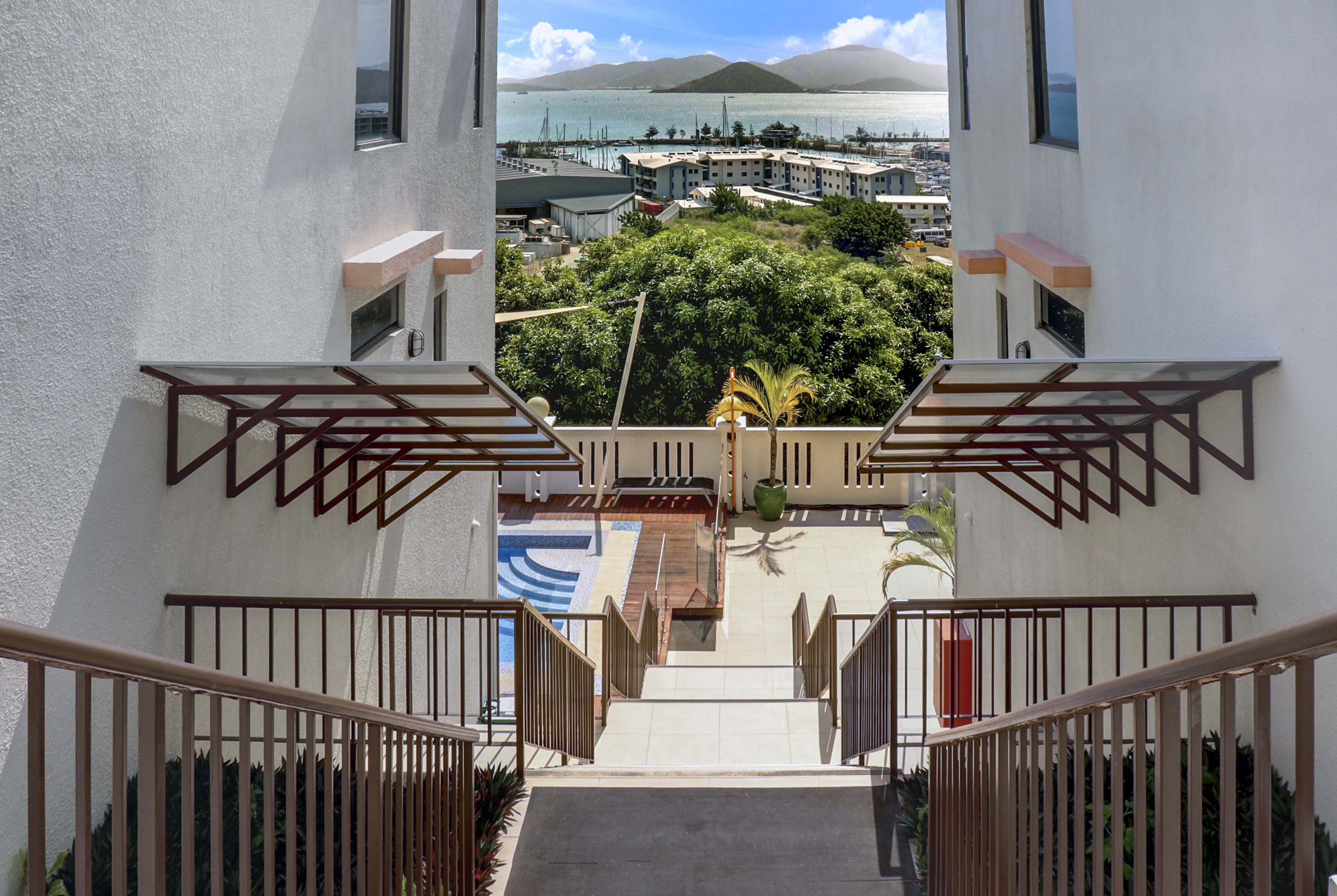Australia's real estate market is dynamic and influenced by numerous factors, making it crucial to understand before investing. Major cities have high property prices, posing affordability challenges, with diverse property types and significant investor activity shaped by government policies and global economic conditions.
Buying property in Australia is a substantial investment requiring thorough understanding of the process. Rules for non-residents are complex and subject to frequent changes, with penalties for rule breaches. Non-residents generally need approval from the Foreign Investment Review Board (FIRB) to purchase property, applied for through FIRB’s Online Services portal. Each property requires a separate application with fees varying based on property value, typically ranging from thousands to tens of thousands of dollars.

Since 2015, non-residents can buy new residential property, established dwellings for redevelopment, or vacant land for development. A new dwelling is defined as newly built or under construction, never previously sold as a residence, and not lived in for more than 12 months if part of a development.
The Australian Taxation Office (ATO) imposes an annual vacancy charge if non-resident-owned residential property remains unoccupied for over six months yearly. Non-residents must declare income by filing an Australian tax return and may incur capital gains tax upon property sale if its value appreciates.
Redeveloping established dwellings must increase Australia's housing stock, with conditions including completing construction within four years of approval and providing proof of completion within 30 days. Vacant land with a previous dwelling is not considered vacant.

Temporary residents, holding visas allowing over 12 months' continuous stay or awaiting permanent visa decisions, can invest in new properties with FIRB approval.Understanding these regulations and processes is essential for navigating the Australian property market successfully and compliantly.
In recent years, Australian banks have become less accommodating to non-resident loan applicants, leading to a rise in non-bank lending among foreigners. Some banks have completely stopped offering mortgages to non-residents, while others have reduced their maximum loan-to-value ratio (LVR) for foreign borrowers to around 60%.
The LVR is a measure used by lenders to assess borrower risk. A higher LVR indicates greater risk for the lender.For instance, if you want to purchase an $800,000 property and have saved a $160,000 deposit, you would need to borrow $640,000.
This results in an LVR of 80%.Under a bank with a maximum LVR of 60% for foreigners, you would need a $320,000 deposit for the same $800,000 property.

Non-residents must obtain FIRB approval before acquiring any Australian residential property. According to FIRB rules, acquiring an interest can include:
-
Signing an unconditional contract to purchase a dwelling or share in one.
-
Holding a security interest via a real property mortgage, even if the possessor is an Australian citizen or permanent resident.
-
Owning an option granting the right to buy a property at a predetermined price in the future.
-
Entering a leasehold agreement likely to exceed five years at acquisition.
-
Increasing ownership share in a dwelling already partially owned by the foreign person.
If FIRB approval is granted and the property sale doesn't proceed, the potential buyer must inform FIRB about the situation. As a foreign property buyer in Australia, follow these steps for a smooth and compliant process:
Engage Professionals: Hire a solicitor/conveyancer and accountant to handle legal paperwork and tax implications.
Organize Finance: Prepare a minimum 10% deposit and seek mortgage pre-approval.
Meet FIRB Criteria: Ensure you qualify as a non-resident investor and budget for FIRB application fees.
Property Search: Look for suitable properties, keeping in mind restrictions on certain types.
Make an Offer: Negotiate the purchase price based on recent local sales data.
Include FIRB Clause: Ensure the contract includes a clause making the sale subject to FIRB approval.
Apply to FIRB: Submit your application promptly to avoid fines for purchasing without approval.
Finalize Mortgage: Complete mortgage approval processes.
Exchange Contracts: Sign and pay your deposit, subject to FIRB approval.
Settlement: Upon receiving FIRB approval, finalize ownership transfer and settlement details through your conveyancer.
Following these steps helps ensure compliance and a smooth acquisition process when buying property in Australia as a non-resident.




Comments